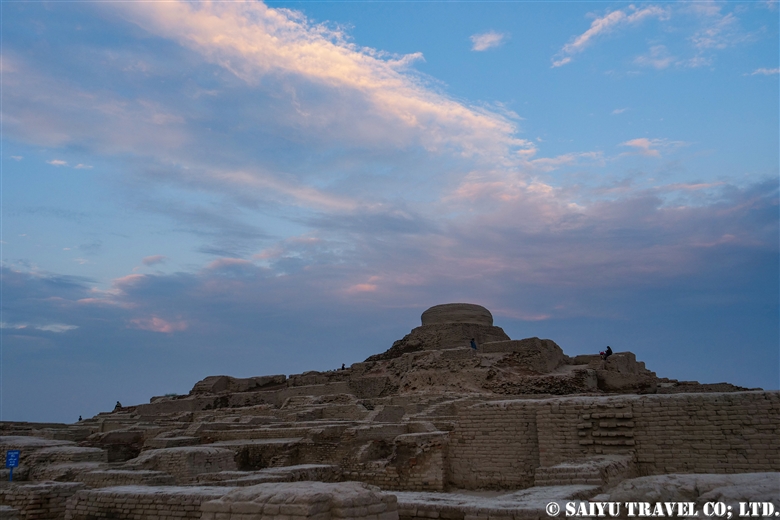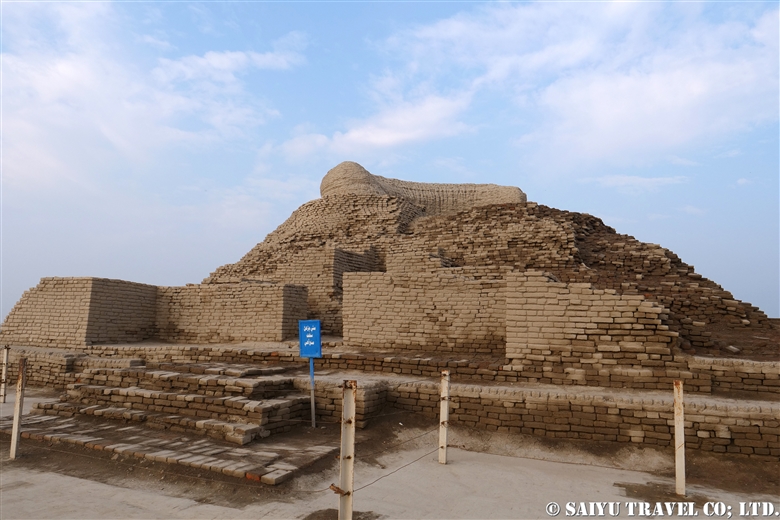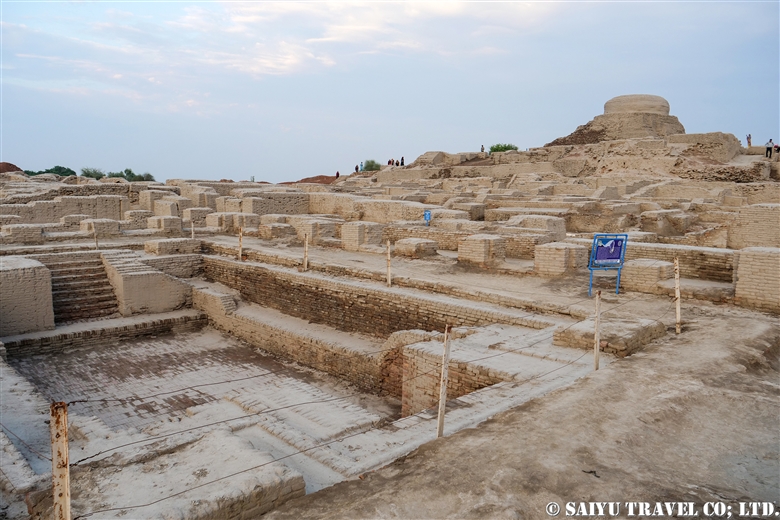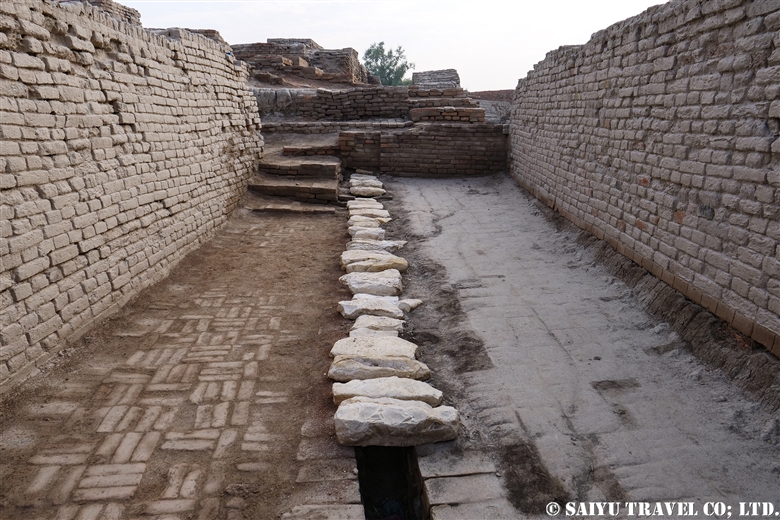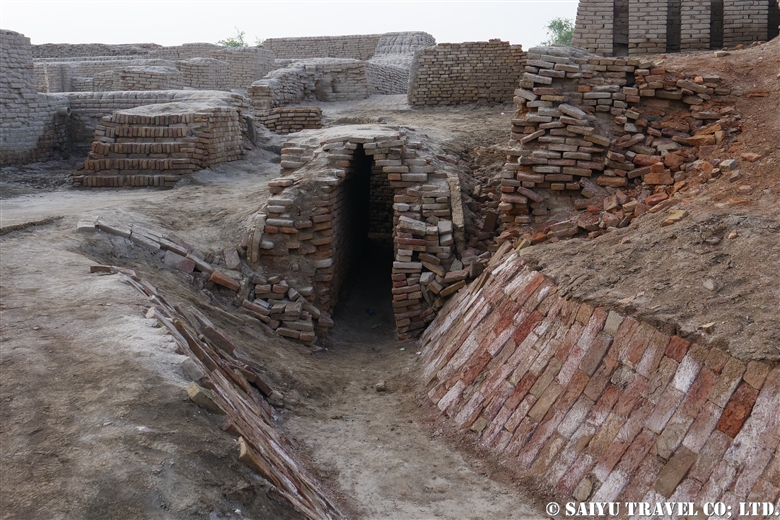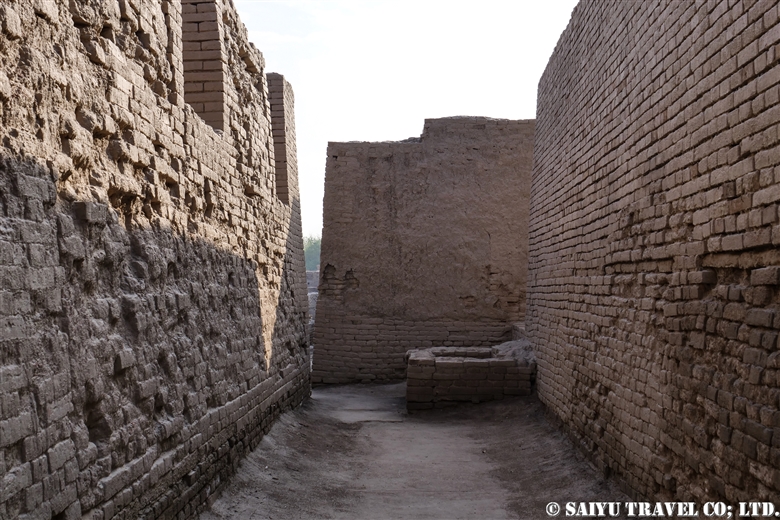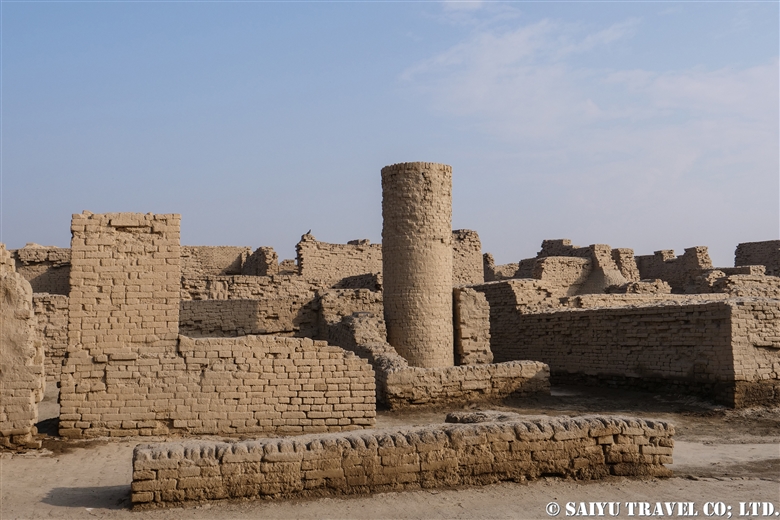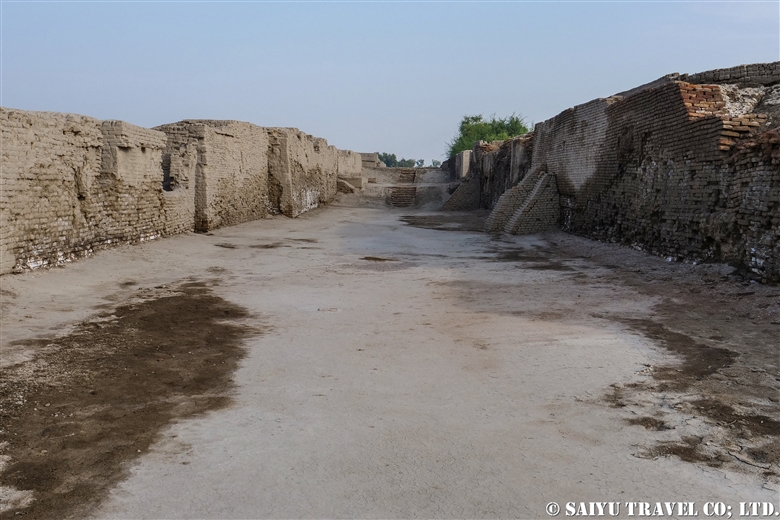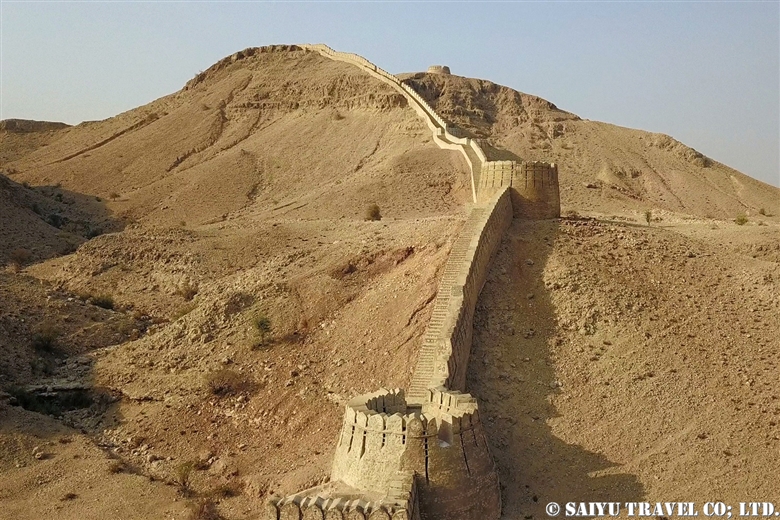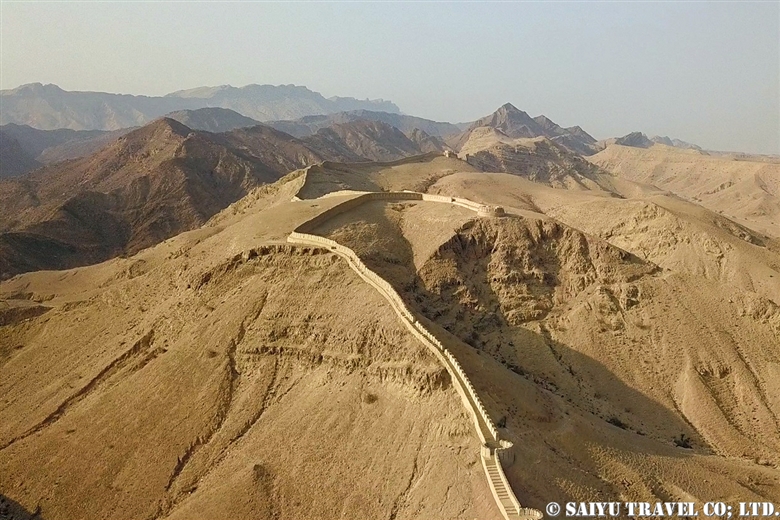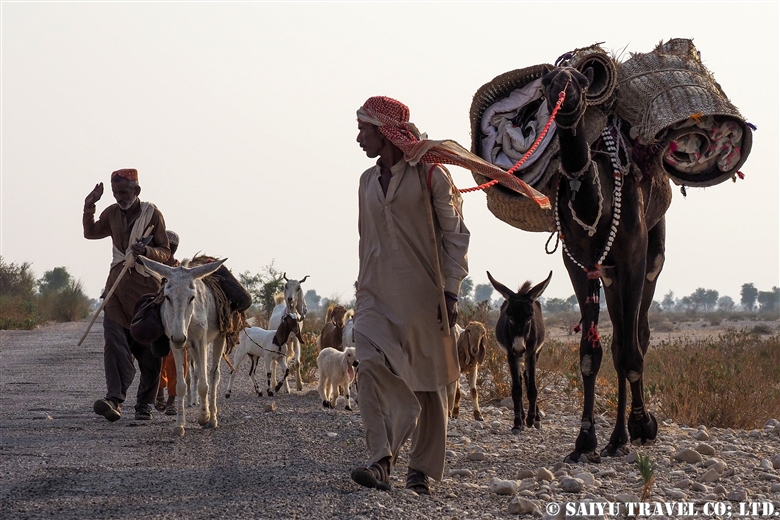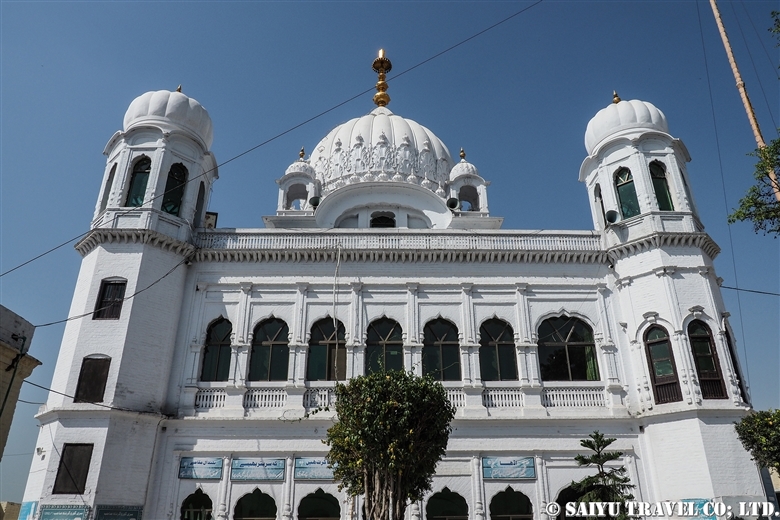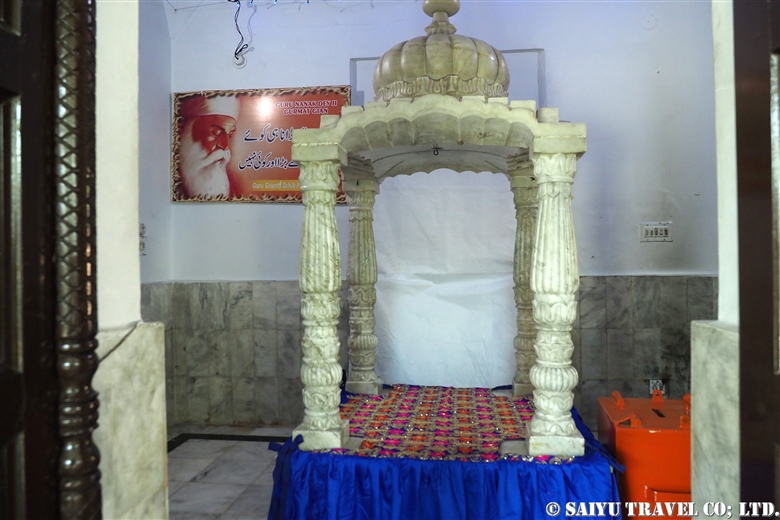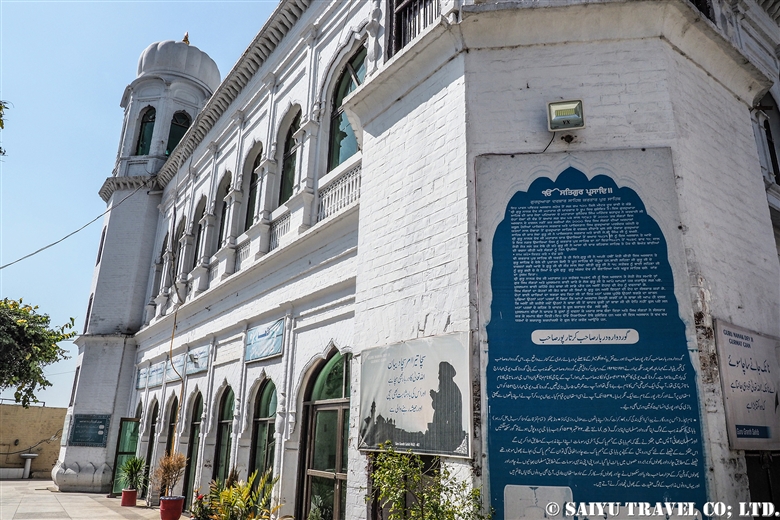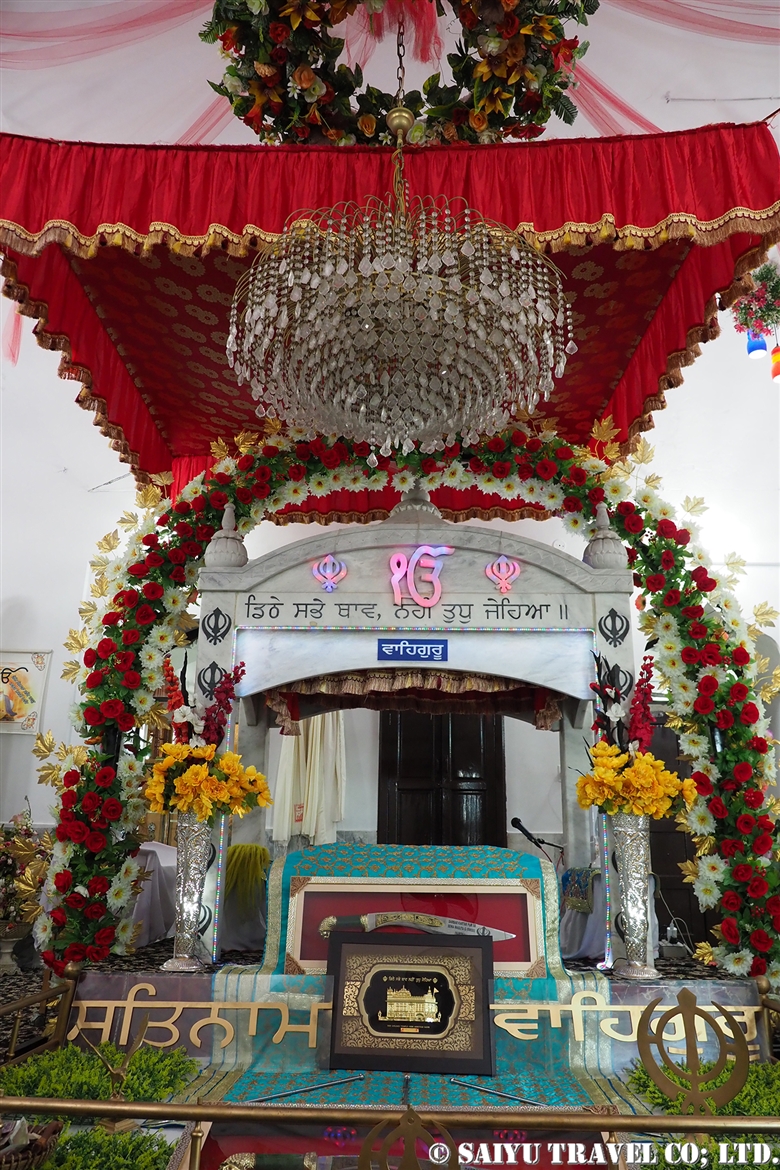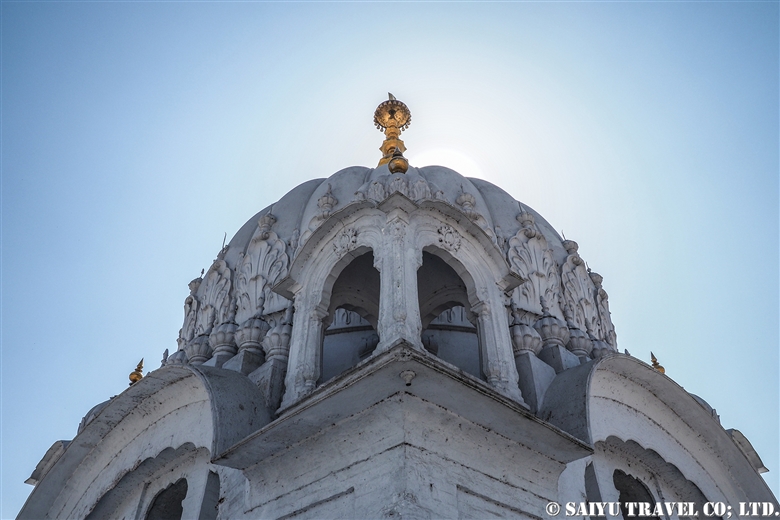Rohtas Fort is one of the six World Heritage Sites in Pakistan.
A fortress built by Sher Shah (Founder of Sur Empire, a short-lived empire from 1539 to 1555) who built the transportation networks that served as the foundation for Mughal empire.
Sher Shah built ” The Grand Trunk Road “between Kabul and the Punjab Plain and built Rohtas Fort on it’s middle way.
Aerial view of Lotus Fort by dronefootage.
Video & text : Mariko SAWADA
Visit : Feb 2020, Rohtas Fort, Punjab
Category : = Video Clip Punjab > - Monument / Heritage of Punjab > ◆ Video Breathtaking Views of Pakistan > ◆ Punjab > ◇ Heritage of PakistanTag : Pakistan Travel company , Pakistan tour operator , Pakistan Blog , Pakistan Photography Tour , Pakistan Travel Blog , Indus Caravan , Rohtas Fort , Unesco World Heritage of Pakistan , Saiyu Travel Pakistan , World Heritage of Pakistan , Grand Trunk Road , Pakistan Dronography , Grand Trunk , Drone footage Pakistan







